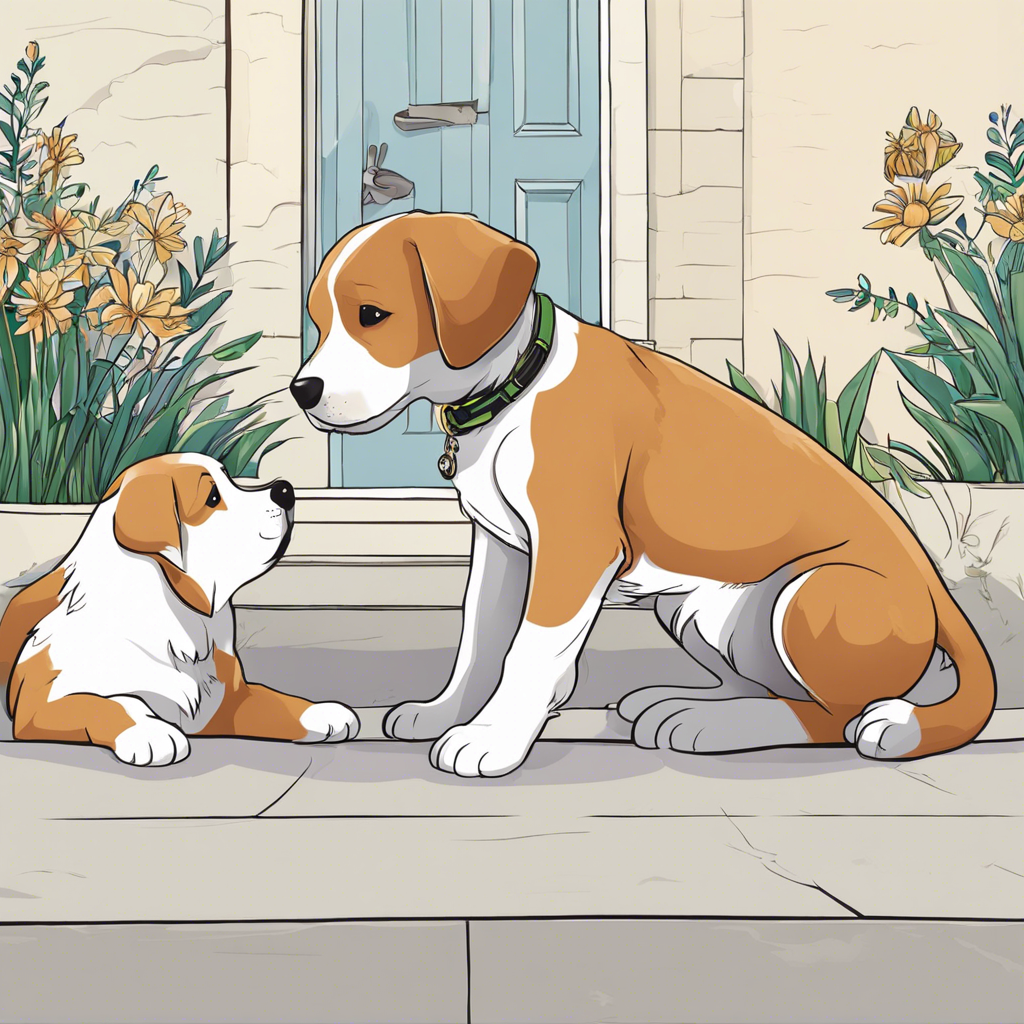Introducing a new puppy to your existing pets can be an exciting yet delicate process, requiring patience and careful planning to ensure everyone gets along. This crucial step in pet ownership sets the foundation for a harmonious household, where furry friends coexist peacefully. Here’s a comprehensive guide to help you navigate this introduction with ease.
**Start with Scent Familiarization:** Before the face-to-face meeting, allow your current pets to become acquainted with the new puppy’s scent. Exchange bedding or toys between the puppy and your other pets to let them get used to each other’s smell. This simple action helps to establish a sense of familiarity and reduces the surprise factor when they finally meet.
**Create a Controlled Meeting Environment:** Choose a neutral territory for the introduction, a place where none of the pets have established dominance. A calm, quiet, and spacious area can help prevent any territorial behavior. Ensure that you have ample space for everyone to move freely and comfortably.
**Safety First:** Always ensure the safety of all pets involved. Use leashes or keep your pets in separate enclosures during the initial encounters, gradually allowing for more freedom as they become comfortable with each other. This controlled environment gives you the ability to manage the situation and prevent any potential conflicts.
**Go Slow and Steady:** Gradual introductions are key. First impressions matter, so keep the initial meetings brief, allowing for positive interactions and plenty of treats for good behavior. Gradually increase the time they spend together, always supervising to ensure a peaceful exchange. Remember, patience is vital; some pets may take more time to adjust.
**Supervise and Reward Positive Behavior:** Actively supervise each interaction, especially during the early stages. Be prepared to intervene if necessary but allow them to interact naturally. Reward and praise your pets for calm and friendly behavior. This positive reinforcement encourages them to associate their new companion with happy moments and treats.
As your pets spend more time together, they’ll form their own unique dynamics. Each pet has its own personality, and their relationships will grow and evolve over time. Whether it’s a cat accepting a puppy’s playful antics or an older dog becoming a mentor, these bonds can be incredibly heartwarming.
For households with multiple pets, creating a consistent routine is essential. Feeding them separately at first can prevent resource guarding, and gradually moving their feeding areas closer together can foster a sense of community. This approach also applies to sleeping arrangements. Initially, provide separate spaces but gradually move their sleeping areas closer, eventually allowing them to share a common space.
In the world of pets, communication is often non-verbal. Cats may swat at a curious puppy, and dogs may growl or bark to set boundaries. It’s crucial to respect these signals and allow each pet to establish their personal space. With time, they’ll learn to understand and respect each other’s cues, fostering a harmonious environment.
Introducing a new puppy to your furry family requires time, patience, and understanding. By creating a safe and positive environment, you’re paving the way for a lifetime of companionship and love between your pets. Remember, each pet brings their unique personality to your home, and with your guidance, they’ll learn to appreciate and cherish these special bonds.

